In the fast-evolving landscape of healthcare, staying ahead of the curve is paramount. One of the most effective ways to do this is by integrating video content into healthcare strategies. Video content not only enhances patient engagement but also serves as a powerful tool for education, marketing, and communication. Here’s why the world of healthcare needs video content now more than ever.
1. Enhanced Patient Education
Video content is a potent medium for educating patients about various health conditions, treatments, and preventive measures. Visual aids can simplify complex medical information, making it more accessible and easier to understand. Patients are more likely to retain information presented in video format compared to text, leading to better health outcomes.
2. Improved Patient Engagement
Engaging patients is crucial for successful healthcare delivery. Video content can make interactions more personal and engaging. Whether it’s through explainer videos, patient testimonials, or virtual tours of healthcare facilities, videos can build a stronger connection between healthcare providers and patients. This, in turn, fosters trust and loyalty.
3. Increased Reach and Accessibility
Videos are inherently more shareable than text. Social media platforms and websites favour video content, leading to greater reach and engagement. Additionally, videos can be subtitled, making them accessible to a wider audience, including those with hearing impairments or non-native English speakers.
4. Boosted Marketing Efforts
In the competitive world of healthcare, standing out is crucial. Video content is a powerful marketing tool that can enhance brand visibility and attract new patients. From promotional videos showcasing services to success stories from satisfied patients, video content can effectively highlight the unique aspects of a healthcare facility.
5. Efficient Staff Training and Development
Video content is not just beneficial for patients but also for healthcare staff. Training videos can provide consistent and comprehensive education on new protocols, procedures, and equipment. This ensures that all staff members are up-to-date with the latest practices, improving overall efficiency and care quality.
6. Telemedicine and Remote Consultations
The rise of telemedicine has revolutionised healthcare delivery. Video consultations allow patients to receive medical advice and care from the comfort of their homes. This is especially beneficial for those in remote areas or with mobility issues. Video content can also be used to guide patients through self-care practices and follow-up procedures.
7. Transparency and Trust
Videos can provide a behind-the-scenes look at healthcare facilities, introducing staff, and showcasing day-to-day operations. This transparency helps build trust with potential patients, reassuring them about the quality of care they will receive. Trust is a cornerstone of patient relationships and can significantly influence healthcare choices.
8. Cost-Effective Communication
Video content can reduce costs associated with printed materials and in-person training sessions. Once produced, videos can be used repeatedly, offering a cost-effective solution for patient education and staff training. Moreover, with advancements in technology, producing high-quality video content is more affordable than ever.
Conclusion
Incorporating video content into healthcare strategies is no longer optional; it’s a necessity. The benefits are manifold, ranging from enhanced patient education and engagement to improved marketing and staff training. As the world of healthcare continues to evolve, video content will play an increasingly vital role in ensuring effective communication, education, and care delivery.
For healthcare providers looking to stay ahead, investing in video content is a step towards a more connected, informed, and satisfied patient community. Embrace the power of video and transform the way you deliver healthcare.
